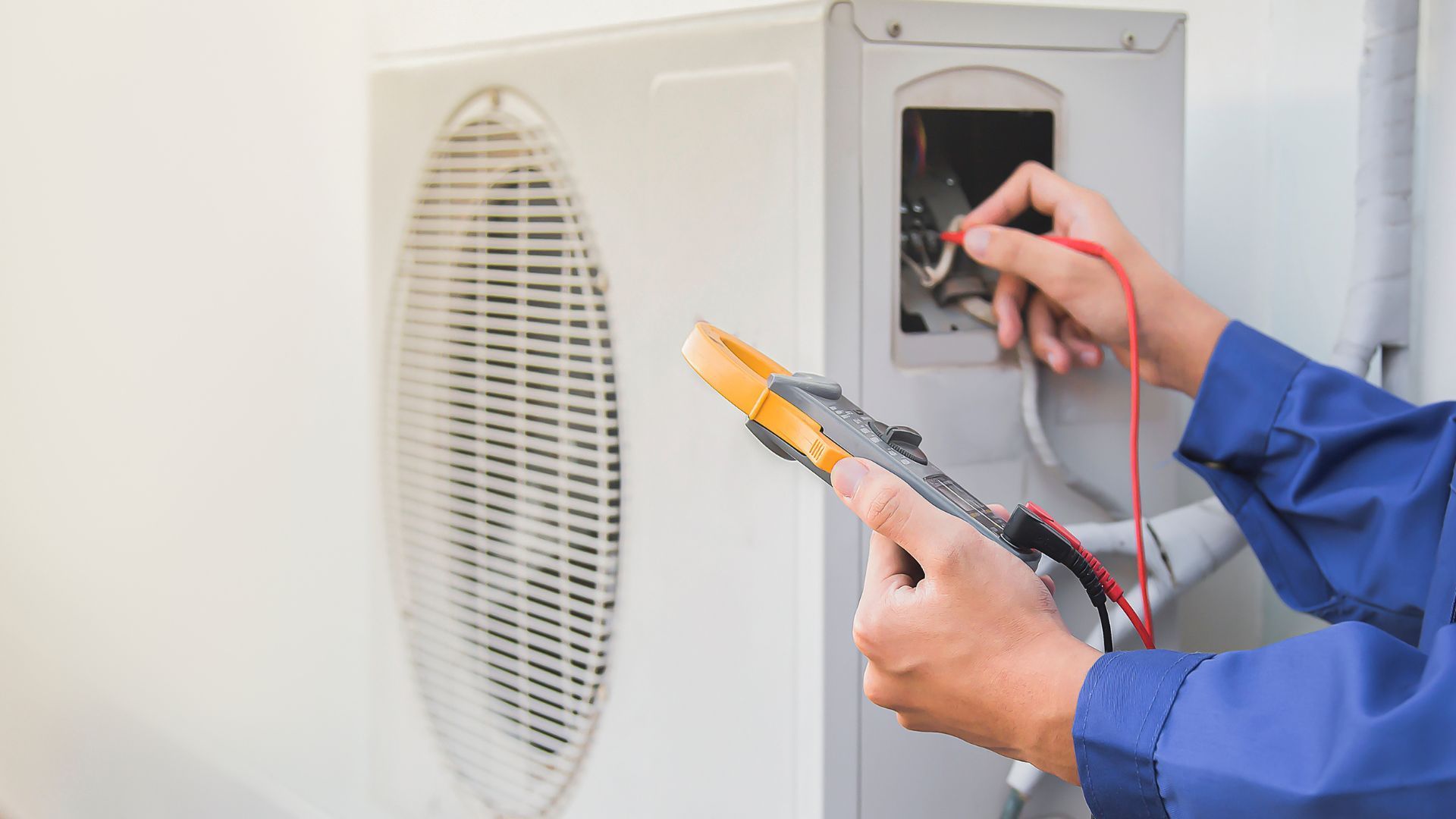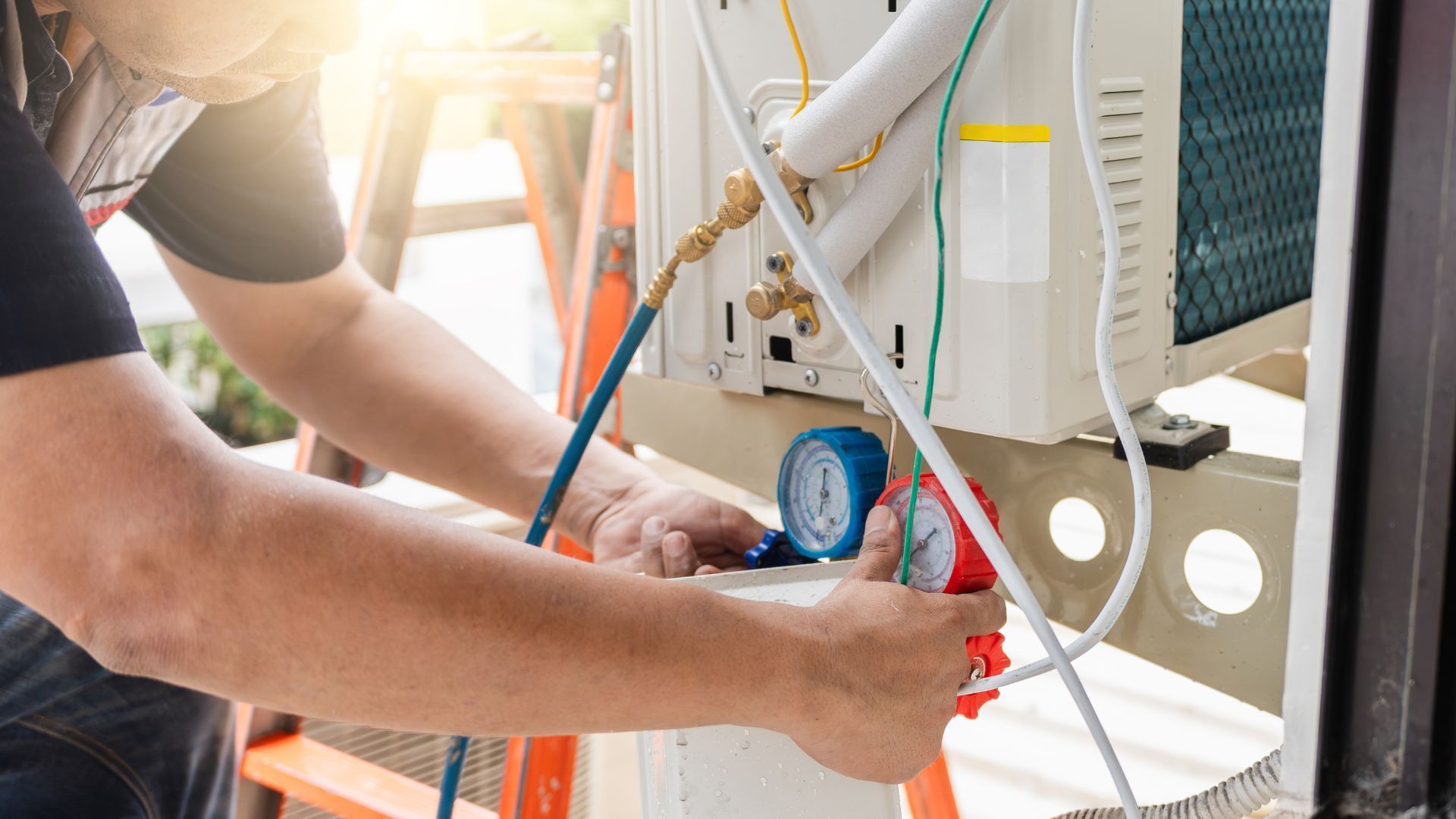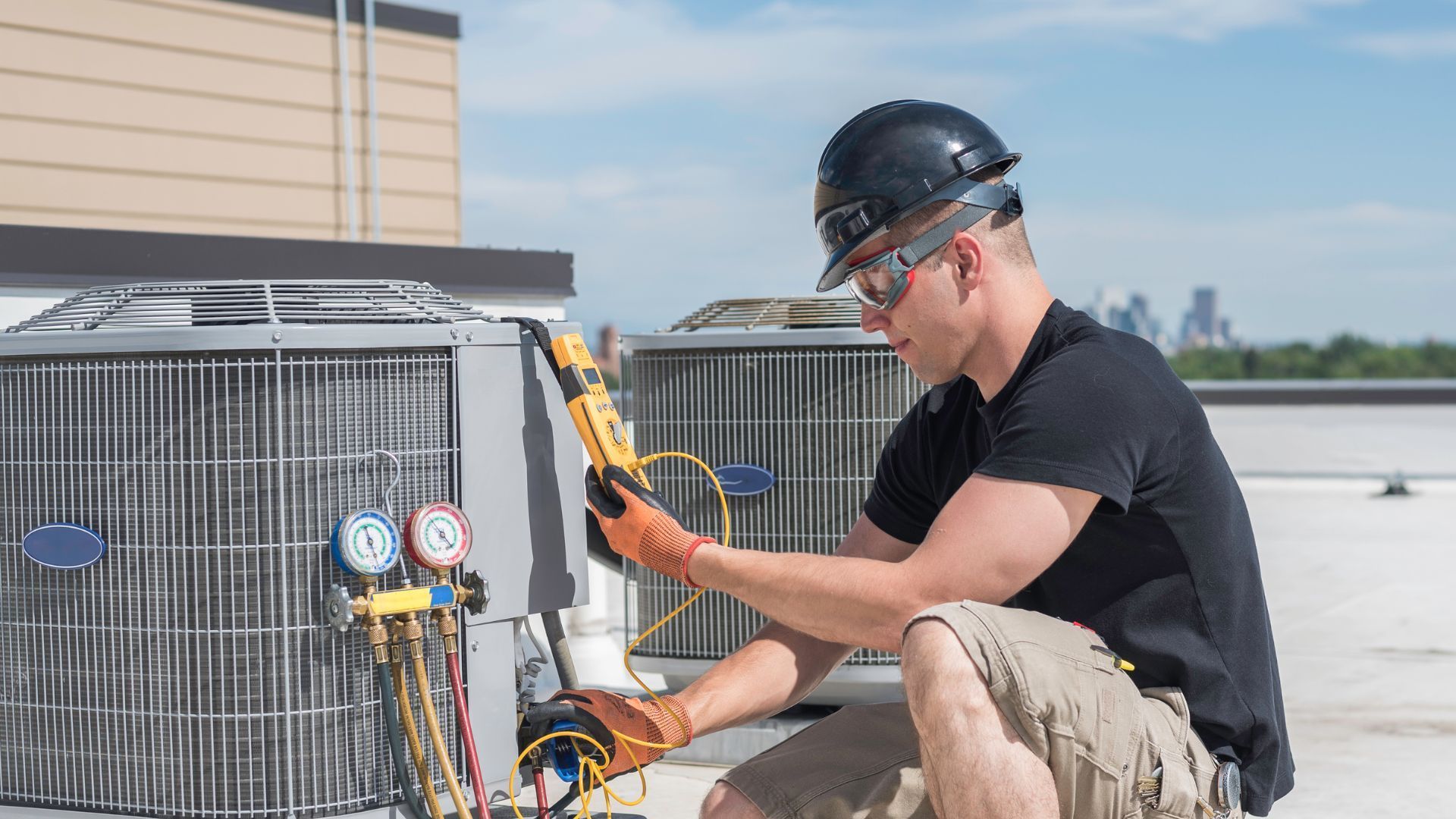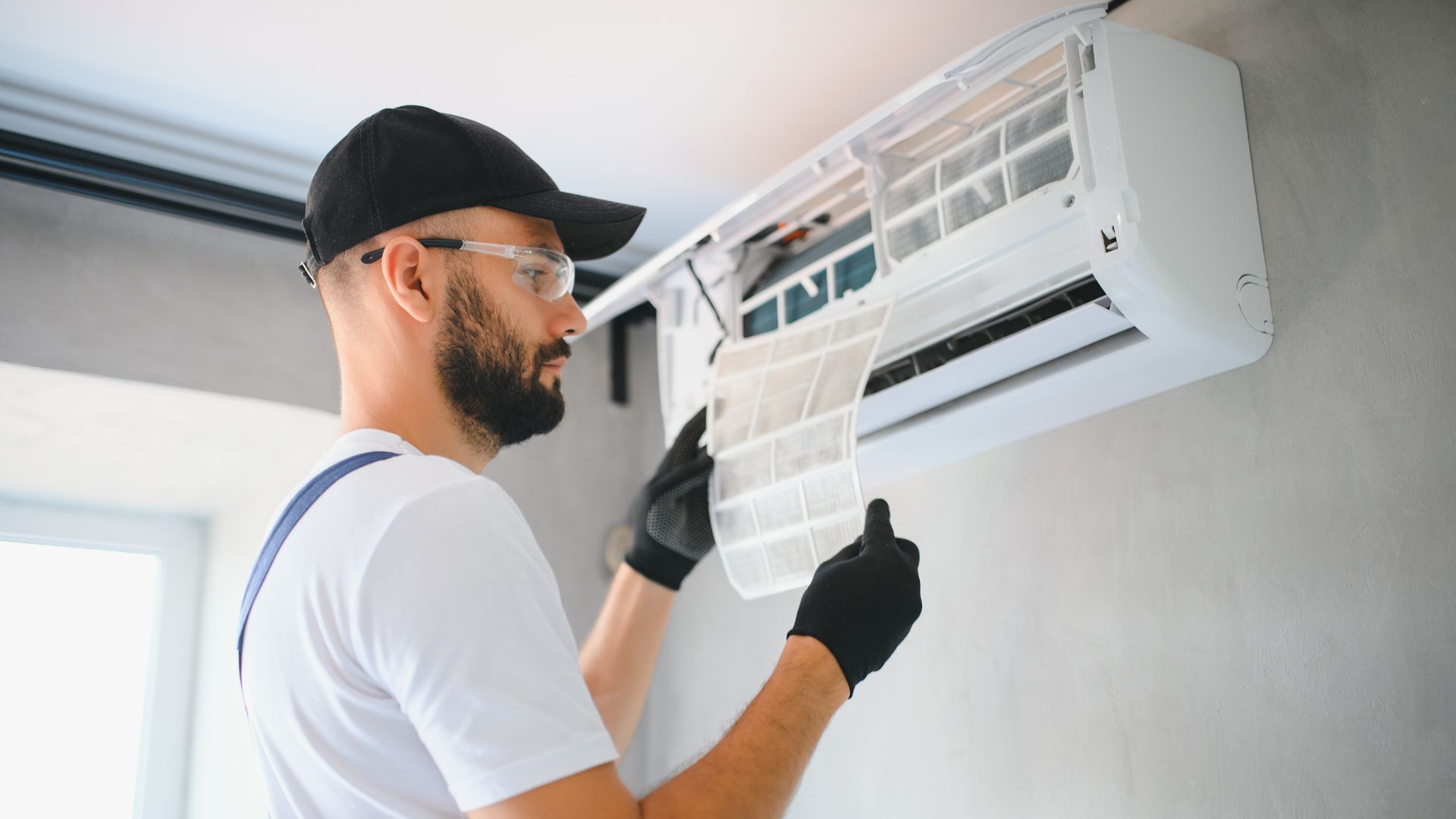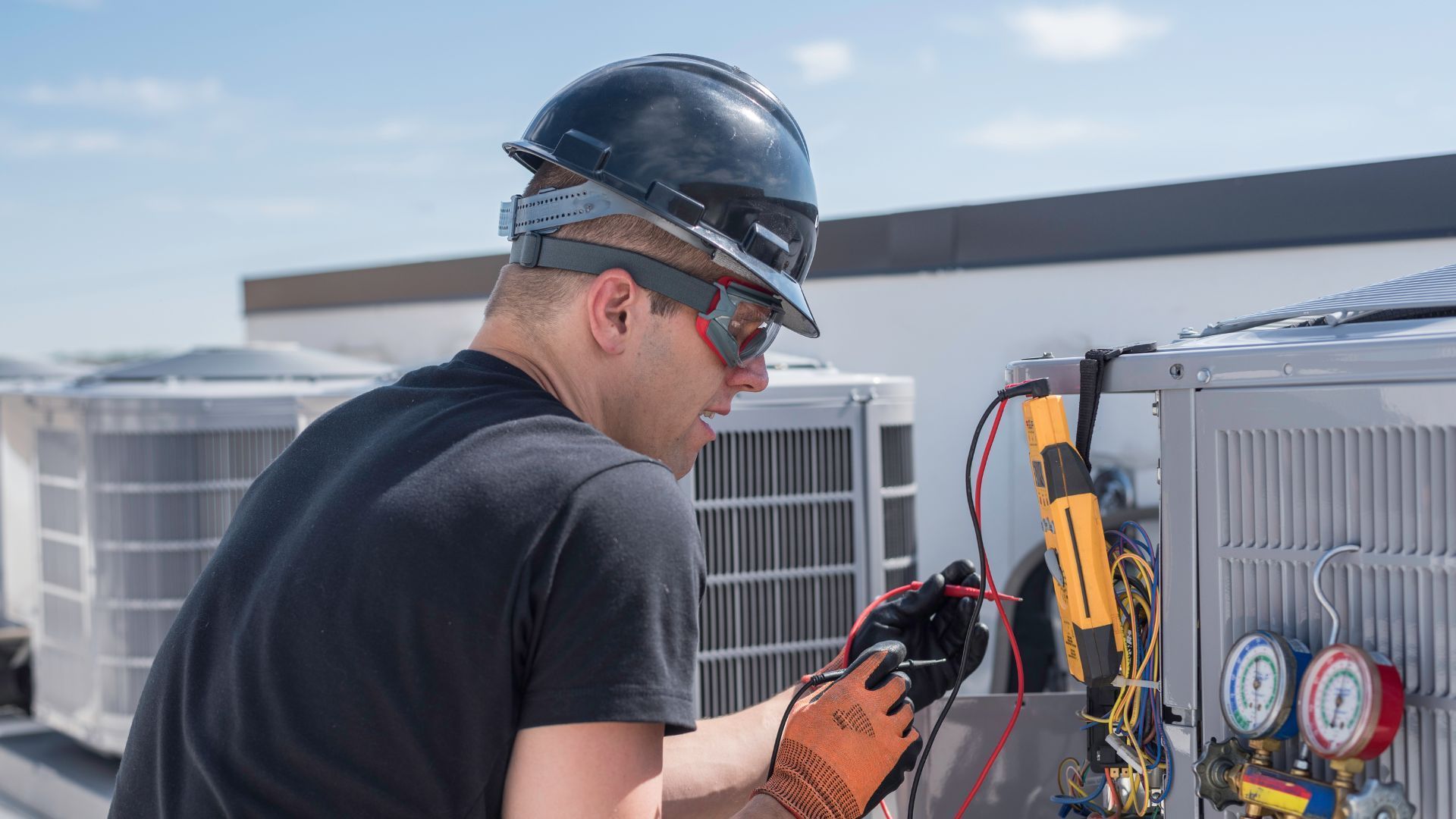Boosting Wellness With Optimal Indoor Air Quality Benefits
Health Benefits of Optimal Indoor Air Quality
Indoor air quality is critical for maintaining overall health. Poor indoor air can lead to respiratory issues, allergies, and chronic conditions. Ensuring proper ventilation with regular
HVAC services in Rhode Island can help reduce these risks. Clean air supports better lung function, cognitive performance, and sleep. This article reviews the benefits of good indoor air, common indoor pollutants, and practical ways to improve air quality in both homes and commercial spaces.
What Are the Key Health Benefits of Good Indoor Air Quality?
Good indoor air quality lowers the risk of respiratory infections and enhances overall health by reducing inflammation and ensuring proper oxygen levels. Clean air helps alleviate symptoms of sick building syndrome and fatigue, while improved ventilation and advanced filtration systems can lower hospital admissions by reducing pollutant levels. These benefits support both physical and cognitive well-being.
How Does Clean Indoor Air Reduce Asthma and Allergy Symptoms?
Clean air limits exposure to allergens such as dust mites, pet dander, and pollen, which are common asthma and allergy triggers. By reducing these irritants through HEPA filtration and routine cleaning, individuals experience fewer asthma attacks and less reliance on medications, contributing to improved daily health.
In What Ways Does Optimal Air Quality Improve Respiratory Health?
Optimal air quality minimizes the intake of harmful particulate matter and volatile organic compounds (VOCs). This reduction eases the lungs’ workload, lowering the risk of chronic bronchitis and other infections. Advanced filtration systems can remove a large percentage of particulates, thereby enhancing lung capacity and reducing inflammation, while also supporting the immune system.
How Does Indoor Air Quality Affect Sleep and Overall Wellness?
Clean indoor air reduces nighttime congestion and discomfort, promoting a more restful sleep cycle and better REM sleep patterns. An environment free from pollutants like VOCs and mold helps calm the nervous system, facilitating natural body repair during sleep and enhancing overall emotional and cognitive health.
What Are the Most Common Indoor Air Pollutants and Their Health Effects?

Indoor spaces can contain pollutants such as VOCs, particulate matter, mold spores, and radon gas, which often originate from building materials, cleaning agents, or outdoor sources. These substances can increase the risk of respiratory illnesses, allergies, and in some cases, more serious conditions like lung cancer. Recognizing these pollutants is the first step in mitigating their harmful effects.
Which Pollutants Cause the Most Harm: VOCs, Particulate Matter, Mold, and Radon?
VOCs come from paints, adhesives, and cleaning products, causing headaches and long-term health concerns. Fine particulate matter (PM2.5) can enter the bloodstream, impacting cardiovascular and respiratory health. Mold spores trigger severe allergies and asthma, and radon gas is linked to lung cancer. Health agencies, including the CDC, emphasize the need for proper building maintenance and air purification to reduce these risks.
How Do Allergens in Indoor Air Trigger Health Issues?
Allergens like pet dander, dust mites, and pollen incite immune responses that lead to sneezing, congestion, and irritated eyes. In individuals with asthma, continuous exposure to these allergens increases symptom severity and frequency. Regular cleaning and the use of HEPA filter air purifiers can help lower these allergens effectively.
How Can You Improve Indoor Air Quality for Better Health?
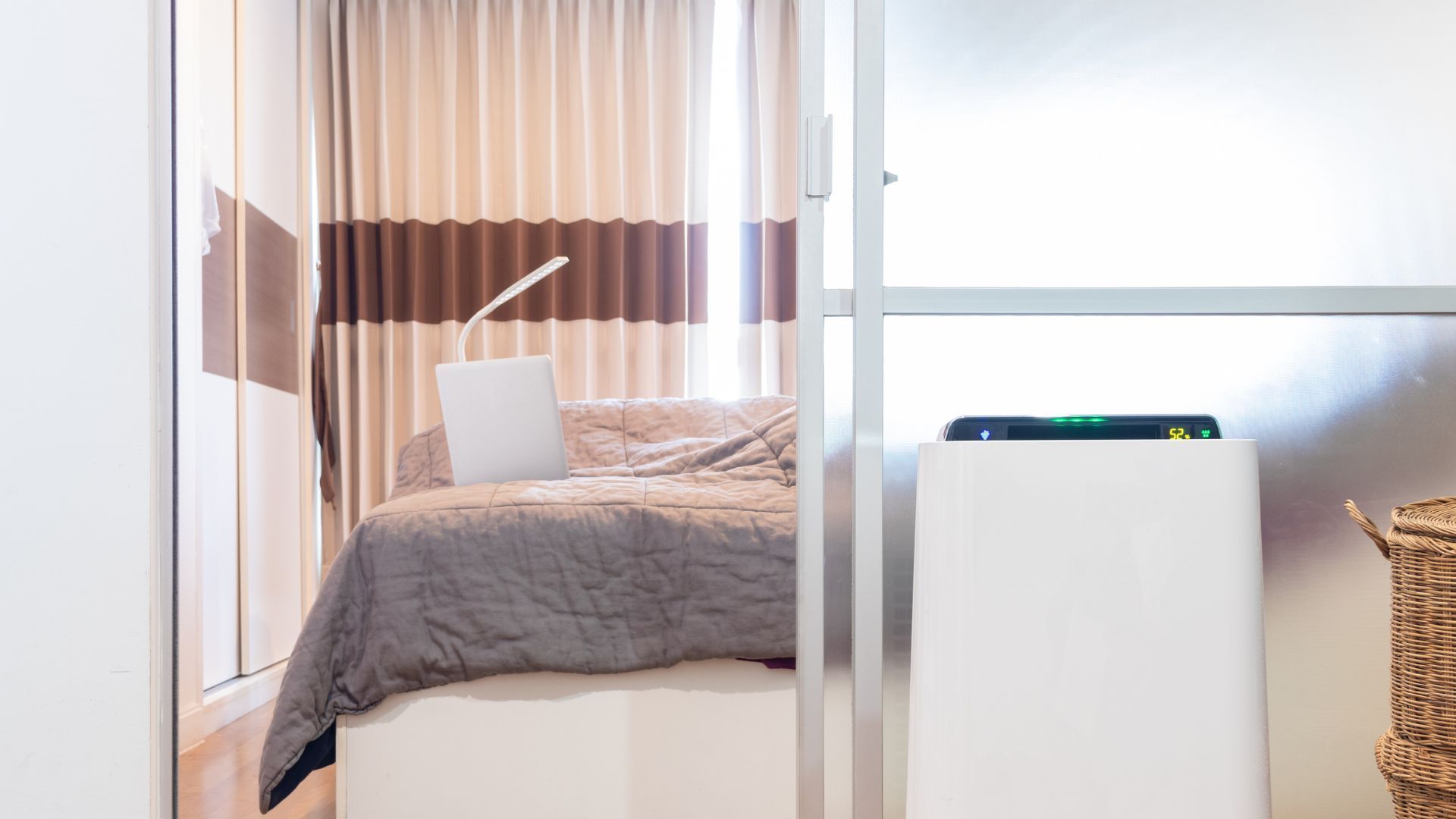
Improving indoor air quality requires a blend of technology, behavior changes, and regular upkeep. Simple practices such as opening windows when possible, using natural cleaning products, and reducing the sources of pollutants make a significant difference. In both homes and offices, integrated air management systems that combine advanced filtration with smart air quality sensors are key to maintaining a clean indoor environment.
What Role Do Air Purifiers Play in Enhancing Indoor Air Quality?
Air purifiers trap and eliminate pollutants using HEPA filters and activated carbon cartridges, which capture small particles, VOCs, and odors. Clinical studies suggest that air purifiers can reduce indoor particulate levels dramatically, improving sleep quality, energy levels, and overall health. They are especially important for individuals suffering from allergies and asthma.
How Does HVAC System Maintenance Contribute to Cleaner Air?
Regular HVAC maintenance is crucial to ensure that heating and cooling systems filter out dust, allergens, and contaminants effectively. Replacing filters, cleaning ducts, and routine system inspections help prevent pollutant buildup. This maintenance improves airflow and reduces the risk of microbial growth, thereby supporting healthier respiratory conditions.
Why Is Proper Ventilation and Humidity Control Important?
Adequate ventilation dilutes and removes indoor contaminants, while controlled humidity levels (typically between 30% and 50%) prevent mold growth and reduce dust mites. Using exhaust fans and energy recovery ventilators in combination with air filtration systems creates a balanced indoor atmosphere that supports both physical health and comfort.
What Are the Different Air Purifier Technologies and Their Health Benefits?

Air purifiers use various technologies to clean the air. HEPA filters, activated carbon filters, and UV-C light systems each address specific pollutants. HEPA filters capture airborne particles, while activated carbon absorbs odors and VOCs. UV-C light deactivates airborne pathogens, providing an extra layer of protection. Together, these technologies offer a multi-layered approach to the reduction of allergens, chemicals, and microbial contaminants.
How Do HEPA Filters Remove Harmful Particles?
HEPA filters are designed to capture at least 99.97% of airborne particles as small as 0.3 microns. Their dense fiber structure traps dust, pollen, pet dander, and some bacteria, significantly reducing the risk of allergic reactions and respiratory issues. This technology is essential in areas where maintaining high air purity is critical, such as hospitals and offices.
What Are the Benefits of Activated Carbon and UV-C Technologies?
Activated carbon filters are effective at absorbing smells and gaseous pollutants, including VOCs, due to their porous nature. UV-C technology inactivates airborne viruses and bacteria by exposing them to ultraviolet light. When combined with HEPA filtration, these methods provide comprehensive air purification that reduces headaches, improves concentration, and promotes better overall indoor air quality.
Which Air Purifier Features Best Support Allergy and Asthma Relief?
For those with allergies and asthma, features such as HEPA filtration and low-noise operation are essential. Advanced models often include smart sensors to continuously monitor air quality and respond quickly to increases in pollutants. Dual-action systems using both HEPA and activated carbon filters are particularly effective, helping to improve breathing and reduce the frequency of allergy and asthma symptoms.
How Does Air Quality Monitoring Enhance Health Outcomes?

Monitoring indoor air quality in real time is vital. Advanced sensors and digital tracking systems help property managers and homeowners quickly identify problems with air quality. These systems continuously capture data on pollutants, humidity, and temperature, allowing for timely adjustments to improve air quality and reduce exposure to harmful substances.
What Are the Benefits of Real-Time Indoor Air Quality Monitoring?
Real-time monitoring provides immediate feedback on pollutant levels, enabling prompt action such as increasing ventilation or activating air purifiers. This continuous feedback loop not only helps address immediate issues but also aids in long-term planning by identifying recurring patterns and focusing on improving overall indoor air conditions.
How Can Data From Air Quality Sensors Guide Healthier Choices?
The data gathered from air quality sensors can inform decisions about running HVAC systems, adjusting window openings, or scheduling regular cleaning. Historical trends allow users to anticipate seasonal increases in allergens and take proactive measures. This informed approach supports efforts toward green building practices and compliance with environmental policies, fostering healthier indoor environments.
What Solutions Does AirCare Provide for Ongoing Air Quality Management?
AirCare offers comprehensive solutions that integrate sensors, automated control systems, and real-time dashboards to monitor and manage air quality. These systems automatically adjust ventilation and purification systems based on sensor inputs, ensuring consistent indoor air quality. Customizable alerts and detailed reports support both immediate adjustments and long-term planning, leading to sustained improvements in respiratory and overall health.
What Health Conditions Are Most Affected by Indoor Air Quality?

Poor indoor air quality is linked to a range of health issues, from respiratory infections and asthma exacerbations to chronic conditions such as cardiovascular disease and lung cancer. Well-maintained ventilation and effective filtration can substantially lower these risks, highlighting the importance of prioritizing indoor air quality in both new and existing buildings.
How Does Poor IAQ Worsen Asthma and Respiratory Infections?
High levels of indoor pollutants irritate the respiratory system, leading to increased asthma attacks, chronic bronchitis, and greater vulnerability to respiratory infections. Continuous exposure can escalate inflammation and sensitivity, making rigorous air purification essential to reducing these health burdens.
What Is the Link Between Indoor Air Quality and Allergies?
Allergens like mold spores, dust mites, and pet dander found in indoor air trigger immune responses that result in symptoms such as sneezing, congestion, and chronic sinus issues. Better air filtration and regular cleaning can reduce the presence of these allergens, thereby lessening allergy symptoms and the overall impact on health.
How Can Improved IAQ Reduce Risks of Chronic Respiratory Diseases?
By lowering the inhalation of harmful pollutants, improved indoor air quality helps prevent chronic respiratory diseases such as COPD and lung cancer. Consistent HVAC maintenance and air quality monitoring are preventive measures that benefit both individuals with existing respiratory issues and those at risk.
What Practical Steps Can You Take to Create a Healthy Indoor Environment?

Maintaining a healthy indoor environment involves both practical lifestyle changes and technological investments. Regular cleaning, effective pest control, and minimizing the use of chemical-laden products are essential. Additionally, using proper air purification systems, timely HVAC maintenance, and controlling indoor humidity levels can drastically reduce pollutant levels and promote overall well-being.
How Does Regular Cleaning and Source Control Improve Air Quality?
Routine cleaning practices such as dusting, vacuuming with HEPA-filter vacuums, and moisture control reduce the buildup of allergens and pollutants. By addressing the source of contaminants directly, these measures lower the risk of respiratory and allergic reactions over time.
Why Is Controlling Humidity and Ventilation Essential?
Effective control of humidity and proper ventilation prevent the growth of mold and reduce the concentration of indoor pollutants. Ensuring that indoor humidity stays between 30% and 50% and that stale air is regularly exchanged through proper ventilation helps maintain a balanced and healthy indoor climate while also reducing energy costs.
What Are Simple Lifestyle Changes to Maintain Optimal IAQ?
Incorporating indoor plants, choosing low-emission building materials, reducing synthetic fragrances, and regularly airing out living spaces are simple yet effective lifestyle changes. Additionally, avoiding indoor smoking and unvented combustion appliances helps minimize harmful airborne pollutants.
Frequently Asked Questions
How soon can improvements in indoor air quality affect health?
Improvements can be noticed within days to weeks, with long-term benefits including reduced respiratory issues.
Can optimal indoor air quality reduce asthma attacks?
Yes, reducing allergens and particulate matter has been shown to decrease asthma episodes.
What type of air purifier is best for allergy sufferers?
Air purifiers featuring HEPA filters combined with activated carbon filtration are most effective.
How can regular HVAC maintenance influence indoor air quality?
It enhances filtration, reduces pollutant recirculation, and improves overall airflow.
Is it cost-effective to invest in air quality monitoring systems?
Absolutely; they help guide interventions that can lower healthcare costs over time.
Final Thoughts
Optimal indoor air quality is essential for robust respiratory health, reduced allergies, and improved overall well-being. By understanding key pollutants and utilizing advanced air purification and HVAC maintenance, occupants can significantly lower health risks while boosting comfort and productivity. Simple measures like regular cleaning, proper ventilation, and mindful lifestyle changes further contribute to a healthy indoor environment, making air quality a top priority for sustainable, long-term health benefits.

